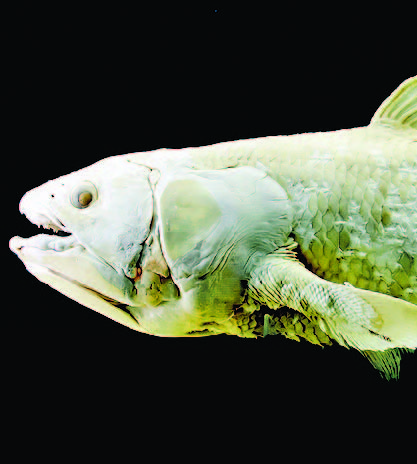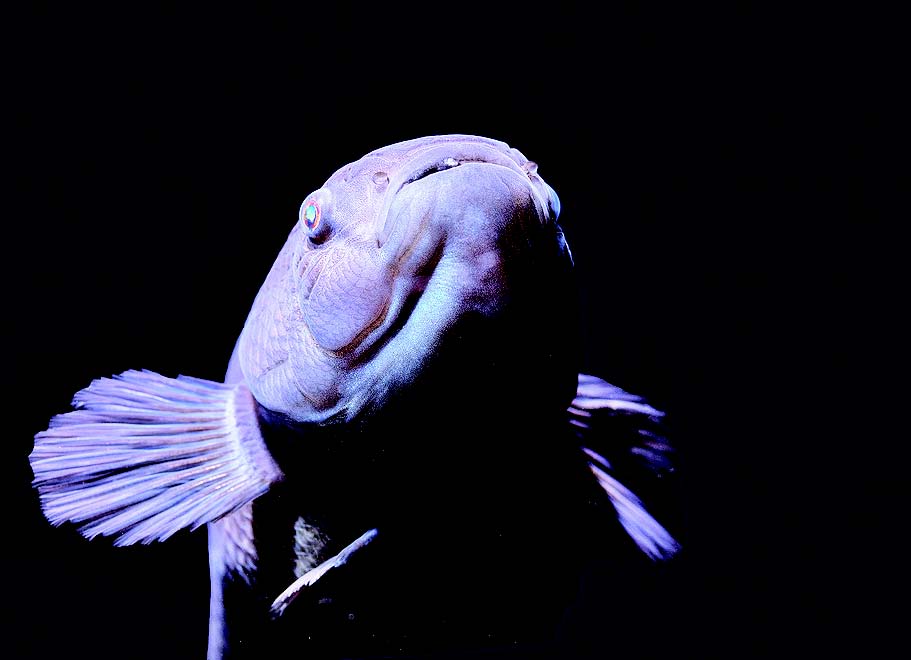Ever heard of the Lazarus Effect? No, not the 2015 sci-fi horror film. The Lazarus effect is when something that was thought to be lost or dead is found or resurrected.
That’s kind of the deal with the coelacanths. Coelacanths were thought to be extinct for about 70 million years until one was found in December of 1938 off the coast of South Africa. Actually, “found” wouldn’t be the right term when really it was more like the poor coelacanth got caught by unknowing fishermen, according to Mark McGrouther’s 2014 article for the Australian Museum website. The discovery was just a few days short of Christmas – a Christmas miracle, you could say.
Living fossil
Coelacanths were thought to be extinct for the longest time. Before a whole and live coelacanth was found, most traces of its existence came from fossils. Coelacanths that used to thrive in rivers and freshwater have all gone extinct but the ones that are found in the ocean managed to survive all this time. The deep-sea environment, which hasn’t changed much in almost 350 million years, could be a factor to that, as pointed out by the Numazu Deep Blue Aquarium website.

Before the rediscovery of the coelacanth, they were actually thought to be the ancestors of tetrapods (land-living animals, which includes humans). The reason for that is the two pairs of fins they have that move similar to human arms and legs. Now, though, what’s considered the closest living relative to tetrapods are lungfishes.
Fishy fun?
Numazu Deep Sea Aquarium is a place known not only for having real coelacanths on display, but also for having coelacanth stuffed toys for sale in their souvenir shop. They have three sizes ranging from 10 to 50 centimeters long. The plushes make these living fossils look absolutely adorable (writer will neither confirm nor deny wanting to buy one… of each).
They came from the deep
If one were to go searching for living coelacanths, it would be an expedition to Madagascar — more specifically the Comoros Islands, given where previous coelacanths were seen and found.

They live in what is called “the twilight zone”. This area would have temperate waters and would generally be between 500 to 800 feet underwater. The preferred area of residence for coelacanths, you could say, are areas under steep rocky slopes of volcanic islands, according to the Smithsonian National Museum of Natural History. When you think about it, it does make sense for them to live there — neither too hot nor too cold. Well, unless there’s volcanic activity.
Fantasy encounter in the aquarium
In certain museums, you can find coelacanth models and replicas on display but there is only one museum with real coelacanths, and that’s the Numazu Deep Sea Aquarium in the Shizuoka Prefecture of Japan.
The five they have on display are not alive: three are frozen while the other two are taxidermy. These are apparently pretty unusual-looking coelacanths, which was why the aquarium was given official permission from The Convention on International Trade in Endangered Species of Wild Fauna and Flora (CITES) to exhibit them.
Plus points for the acrobatics
All animals have features unique to them but there is something about a coelacanth’s anatomy that makes them incredibly fascinating and special. Ever heard of a fish doing headstands? Yeah, sounds crazy, right?
Well, a coelacanth cannot actually do a headstand; it kind of just looks like it can do one. According to an online article by Melanie L. J. Stiassny, one of the curators of the American Museum of Natural History, their researchers noted coelacanths having a rostral organ. It’s a large cavity above the nasal sacs filled with a jelly-like substance, connected to three openings on the head. This organ is unique to coelacanths alone and likely functions as an electro-receptor that detects low-frequency signals given off by potential prey.

What does that organ have to do with headstands? The researchers at the AMNH generated small currents in nearby water, to which the coelacanth responded so that the snout — the rostral organ — would be close to the seabed.
Endangered
The Convention on International Trade in Endangered Species of Wild Fauna and Flora designates the coelacanth under Appendix I, meaning they’re considered an endangered species. A coelacanth cannot be displayed on a commercial basis, and museums and institutions put research and study of the species first and foremost.
This appeared in Animal Scene magazine’s December 2018 issue.





